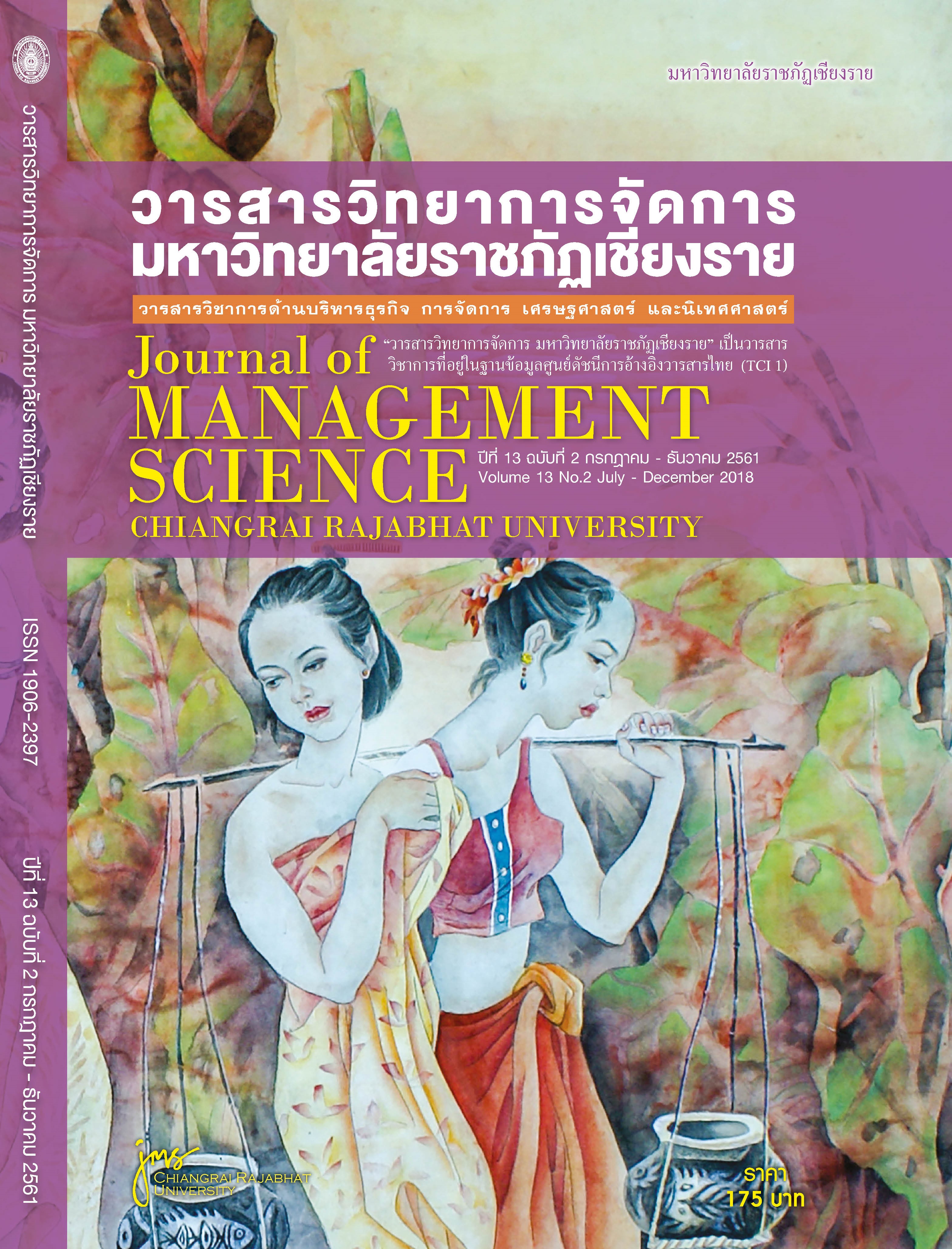Risk Assessment of Importing Machinery and Electronic Goods from China to Nepal-Importers’ Perspectives
Main Article Content
Abstract
Nepal imports electronics and machinery goods worth million dollar from China and the import is increasing and with it the risks is also increasing. However, less study has been done about the import. So, Internal Control System of the COSO framework has been used to study the risk factors to understand in detail, the problems and possible solutions using mixed methods from the view of enterprises importing machinery and electronic goods from China to Nepal.The research focuses on importers knowledge about risk, possible risk brought about by weak infrastructure in Nepal and their approach to risk as an enterprise. So, the research paper includes quantitative results showing the risk identified, risk assessed, monitoring ,control activities and performance measurement which are independent factors while performance is dependent factor.Qualitative method was used to find out in detail about the risk from three key informants.It was found from quantitative method that only risk assessment, monitoring and performance measurement affect the performance of an enterprise while the interview with key informants showed that all the factors business enviroment, risk assessment, control activities, monitoring and performance measurement affect the performance of enterprise. Based on the results of the findings , recommendation and suggestions have been made. Internal Control System, COSO framework, Enterprise.
Article Details
Views and opinions expressed in the journal do not necessarily reflect those of the editors.
References
Department of Transport Local Government and the Regions. (2002). Supply Chain Vulnerability. Cranefield University, School of Management. Cranfield ,England: Department of Trade and Industry .
Dr.A.R.B.Amerasinghe. (1987). The promotion of risk managemnt in developing countries. United Nations, Trade and Development. UNCTAD.
Gerard, J. (2018). (i. Sight, Producer, & i Sight) Retrieved March 15, 2018, from i Sight: https://i-sight.com/resources/benefits-of-workplace-risk-assessments/
Jr., Y. S. (2005, 10 15). MIT Sloan Managament Review. Retrieved from https://sloanreview.mit.edu/article/a-supply-chain-view-of-the-resilient-enterprise/
Nunes, J. A. (2003, March 27). The uncertain and unruly:Complexity and Singularity in Biomedicine and Public Health.
State of Financial Management. (July 1 2008). Control Activities. Washington DC: The state of Washington .

